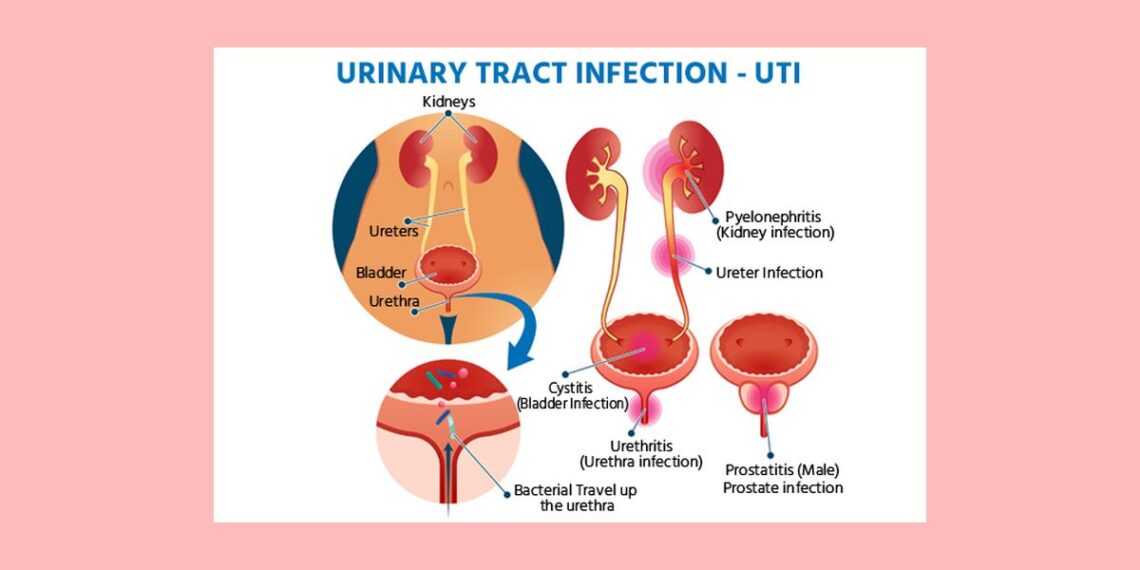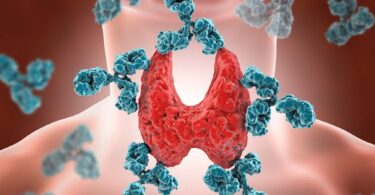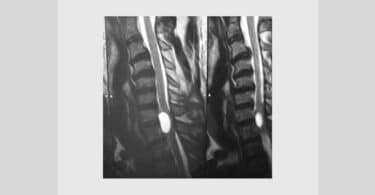I watched Mary walk into the consulting room. A retired head-teacher of seventy seven, I noted that she was well presented and of robust stature. Mary had a complex personal and medical history, yet the presenting complaint she wished homoeopathy to address was of a history of recurrent urinary tract infections. The most recent occurrence had been ongoing since October 2009 and culminated in July 2010 in an acute kidney infection for which she was hospitalised and treated with intravenous antibiotics. She attributed the beginning of this infection to going from temperatures of 28C in Portugal, to “freezing” temperatures in the UK, characterised by a cold, dry wind. Symptoms of her UTI included polyuria (on that day she had recorded a need to pass water six times in four hours. In general she felt the urge to urinate every one to two hours); a bruised feeling in the central urinary bladder area which she described as if “someone had kicked me”, with radiating pain across the lower back and waist, along with a fish brine smell to her urine. She said drinking water ameliorated her condition and said seeing or touching water aggravated the need to urinate.
She gave her physical state as being one of “permanent tiredness” and her mental state as having reached the end of her tether, and on the verge of tears. In fact, my notes record that she was teary throughout the consultation. She shared the fact that her husband suffered with diabetes and Parkinson’s, and as a consequence was very reliant on her. Long term care of her partner, during her own personal crisis or ill health, had led to feelings of anger, frustration, resentment (“every day starts with him”), and hopelessness (“I can’t cope any more”).
For the purposes of holistic case-taking she outlined her principal character traits as kind, generous, dutiful, family-oriented “pernickety” with an eye for detail and liking routine. She remarked that following a family tragedy she was made to “sit in the chair I do not normally sit in.” I noted that she was stoic and programmed to cope in very emotionally and physically challenging circumstances.
Given Mary’s further personal and medical details, it would have been easy to be distracted from the necessary focus of the case, and to lose the essence and important keynotes indicating the similimum. For example, Mary’s life history was heavily punctuated by the sudden death of her father as well as that of her 28 year old daughter in a car crash in 1985; marriage to a “lazy and vicious” first husband and a troubled relationship with a violent mother, who had “burdensome” expectations of her daughter and who, according to Mary, gave her “too much responsibility too early”.
Healthwise Mary suffered with a lymph gland infection at 20, for which she received intravenous penicillin for a matter of weeks, a heart attack at 40 years of age and twelve procedures to burn nerves in her spine to prevent back ache. This was followed by a course of intra-spinal hydrocortisone. She still receives medication for hypertension, an underactive thyroid and dyspepsia.
In considering possible homoeopathic medicines, strong consideration was given to the predominant sycotic miasm (polyuria, fish brine urine, aggravated by the change of season and the weather), although there were also aspects of psoric, syphylitic and tubercular miasms in the overall picture.
Medicines which initially came under the spotlight included Kali Carb, Causticum, Pulsatilla and even Lyssin. However, in the final analysis and focussing on the presenting complaint and immediate needs of the patient, Nitric Acid was selected, based on the strong sycotic component; its’ suitability to “persons suffering with chronic diseases who take cold easily” (Allen’s); the aetiology of “long-lasting anxiety, over-exertion of mind and body from nursing the sick” (Allen’s); hopelessness and despair (Boerike); symptoms of strong smelling urine and the modality, aggravation by change of temperature or weather. Nitric Acid could also cover the ancillary complaint of dyspepsia.
Nitric Acid was given in two potencies, 30c & 200c, based on the aetiology and taking the low vitality of the patient into account. It proved a good match, with Mary reporting at her six week follow-up that all UTI symptoms had disappeared and that she had felt more lifted and motivated.
Taking into account that this had been a long-term chronic condition, this improvement marked a good start, and just the beginning of many possible changes that homoeopathy could afford Mary.





